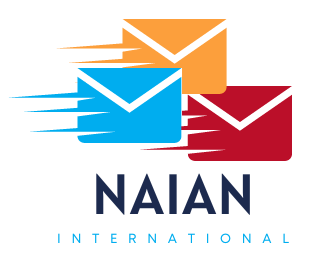|
What is the role of automation in email marketing, and how (or if) should you use campaigns to reach out to our email audience? On this article, we discuss the uses of email marketing automation for an e-commerce business and how it can be complemented by weekly or monthly campaigns.
What is email automation and why should you use it? The promise of automation in email marketing is 'free money.' By setting up a series of automations that catch your influx of customers as they come into your online store, you can, in theory, provide enough points of contact via email automation to manage the customer journey from 0 purchases to 2 or more purchases. Automations, as the name implies, are triggered when a subscriber meets a specific condition and is added to a pre-designed series of emails. Pre-Purchase Automated Flows The automations you can use to manage the customer journey usually are described below. These flows work together to turn customer interest into customer purchases. These are Pre-Purchase flows.
The flows described below tend to the relationship with the customer after a purchase. They are Post-Purchase flows.
The 7 flows outlined above would, in theory, take care of customers who are brought into the store via external advertising, SEO, word of mouth, social media, etc. To make the automation successful, the brand has to constantly provide a flow of new names into the system. Since the automations only work when someone becomes a subscriber, either via a purchase or via newsletter, the more emails are added to the system, consistently, the better chance of getting regular conversions from the collection of flows. Naturally, there are standard automations like shipping and order confirmation emails, but those are assumed to exist separate from these 7. Adding Campaigns To The Mix (for the win) Once you have setup, and tested, your automations for an online store, you should be good to go. The next question is: what do you do with all the names that are accumulating in your database once they have gone through your automations? The automated flows can only activate if the customer does a specific action. Once they are used up, you will end up with profiles in your database that could be doing nothing if left on their own. Targeted email campaigns are designed to solve this problem. They bring individuals from your database into action so they can be managed by the flows again, in the case of a purchase, or the Winback, in case they have fallen out with the brand. What are good ideas for targeted campaigns? That depends on the number of SKUs in your store. If you sell 4 items, then constantly reminding your list to buy one or all of the four could be annoying. If you can realistically expect them to purchase more than once, then a monthly newsletter with anything new about the items, or selected social media driven stories about the use of the items, might make people purchase again. If you have a large store with hundreds of SKUs, the newsletter's task is to offer a selection of SKUs to the people who are most likely to purchase them. Segmentation is the tools for selecting who is likely to purchase the items again. The success of these campaigns is heavily dependent on the correct assessment of how your customer views the product. If you sell items that are really meant to be purchased only once, then constantly asking people to buy them again will not work. Repeat purchases are the result of need or desire on the part of customers, and using email campaigns to generate them and bring people back to the flows is one of the best uses of email campaigns that complements the 'free money' generated by the automated flows. Comments are closed.
|
AuthorDaniel Loebl is a Digital Marketer with over 10 years of experience. He is ready to tell your story via email. Request an appointment. Archives
March 2024
Categories
All
|
|
Naian International's aim is to help ecommerce stores such as Shopify to engage with customers by leveraging targeted email & SMS campaigns and customer segmentation using Klaviyo and other tools for delivery and reporting. As we strive towards this vision, we aspire to create a digital landscape where businesses, regardless of their size or tenure, can harness the power of automated email marketing for and personalized email marketing for eCommerce stores, thus achieving a robust competitive advantage competitive eCommerce environment be that Shopify or your own.
Get in Touch Location: Amsterdam, The Netherlands All our work is done in English Schedule A Call: Use our Contact Form or set up an appointment to discuss the specifics of your situation Copyright 2024 by Naian International, all rights reserved |
E-commerce Email Marketing Services
E-commerce Email Audit
E-commerce Email List Management E-commerce Email Optimization Optimization of Transactional Email Flows E-commerce Sign Up Forms Email Campaign Creation Klaviyo Account Management Klaviyo + Shopify Email Marketing Email Marketing Process & Tools Email List Segmentation Read the latest entry in our e-commerce email marketing Blog |


 RSS Feed
RSS Feed